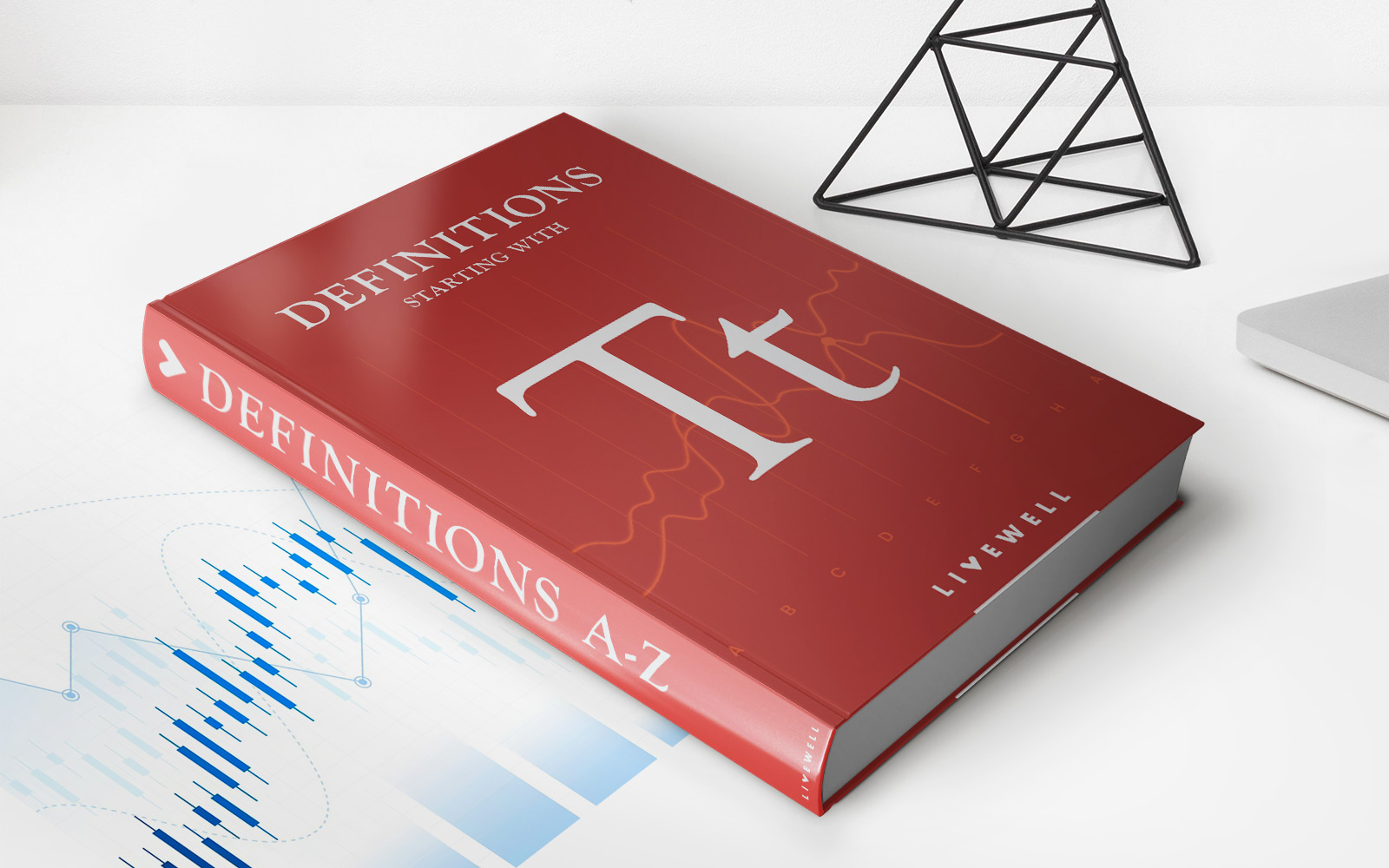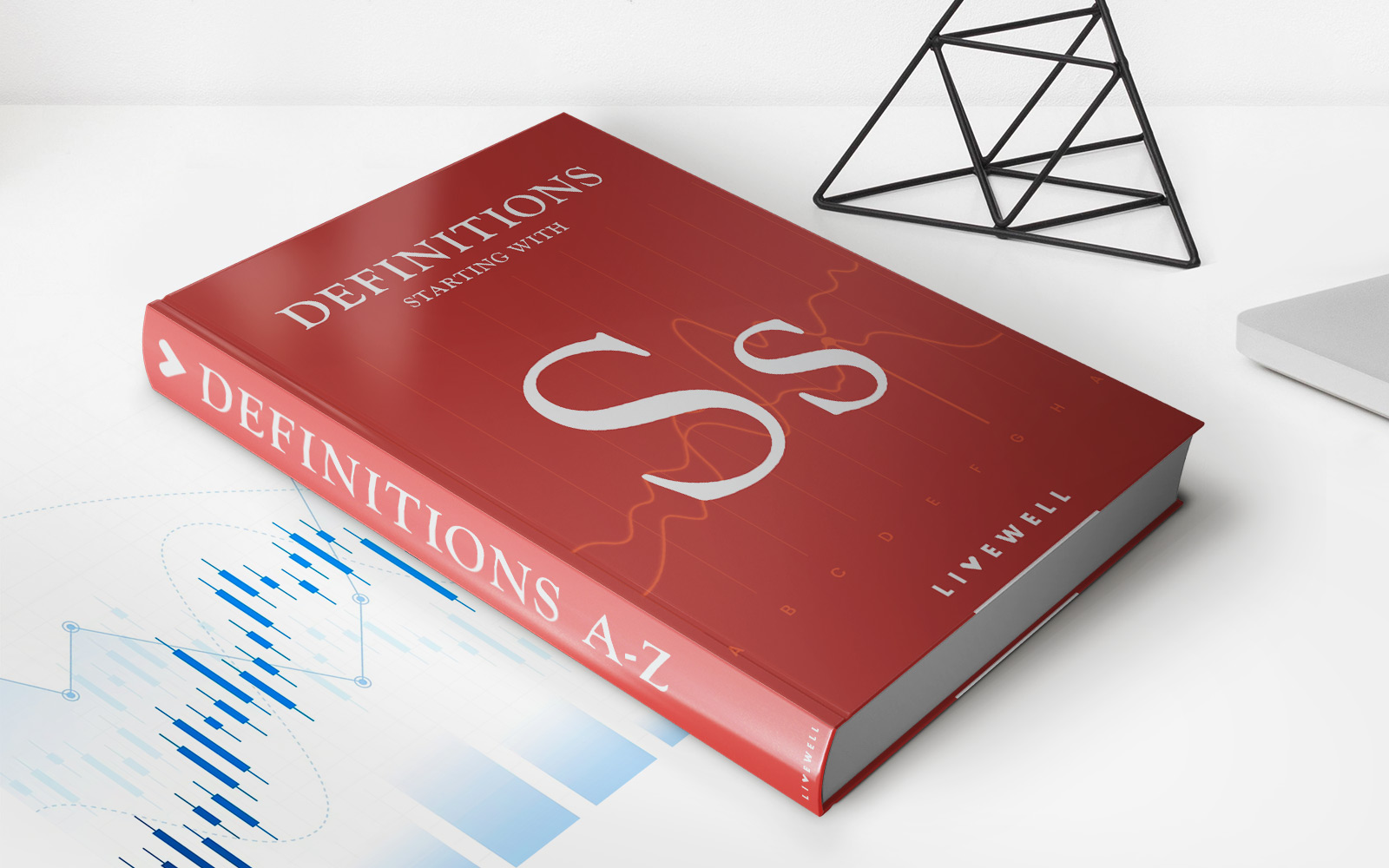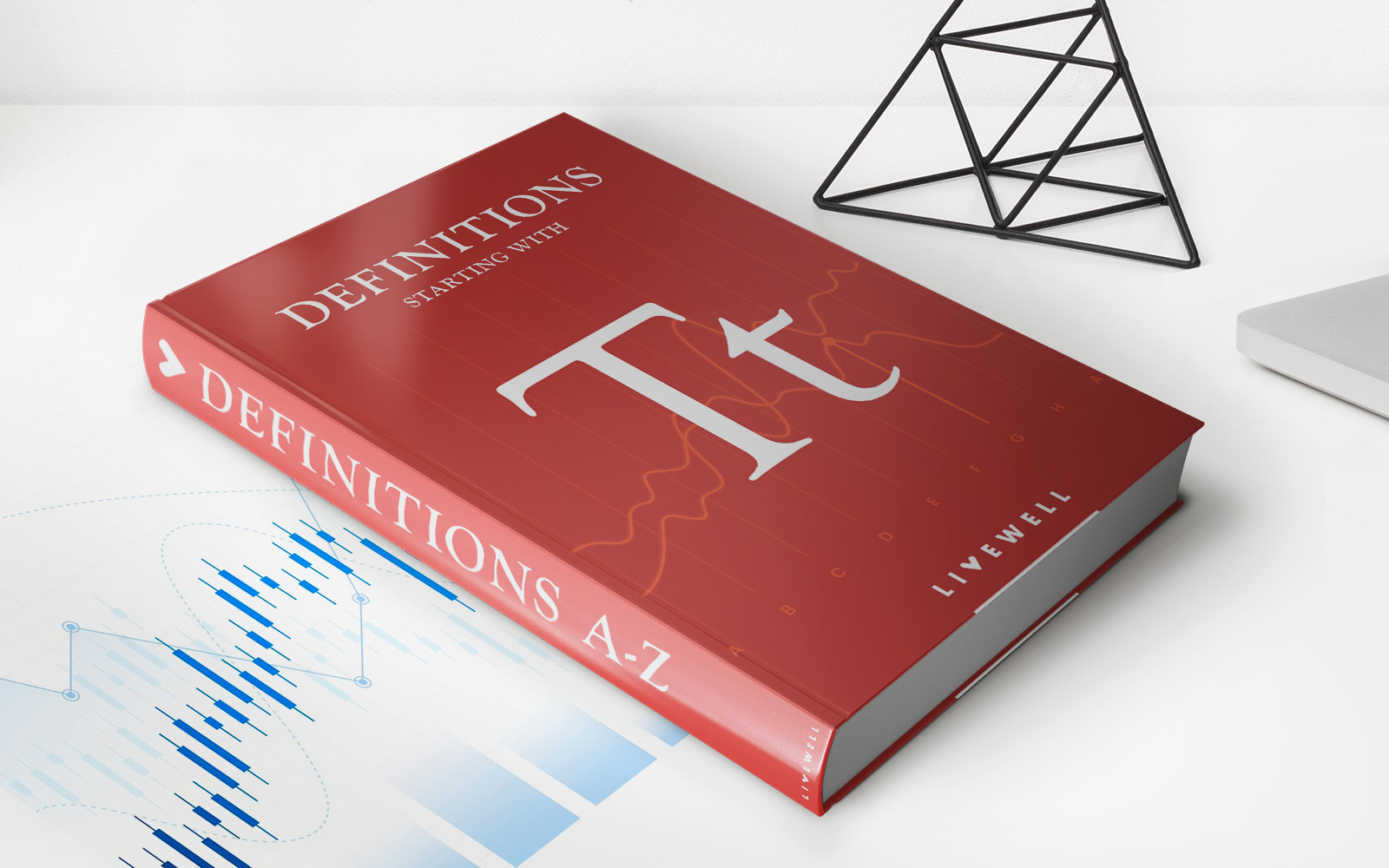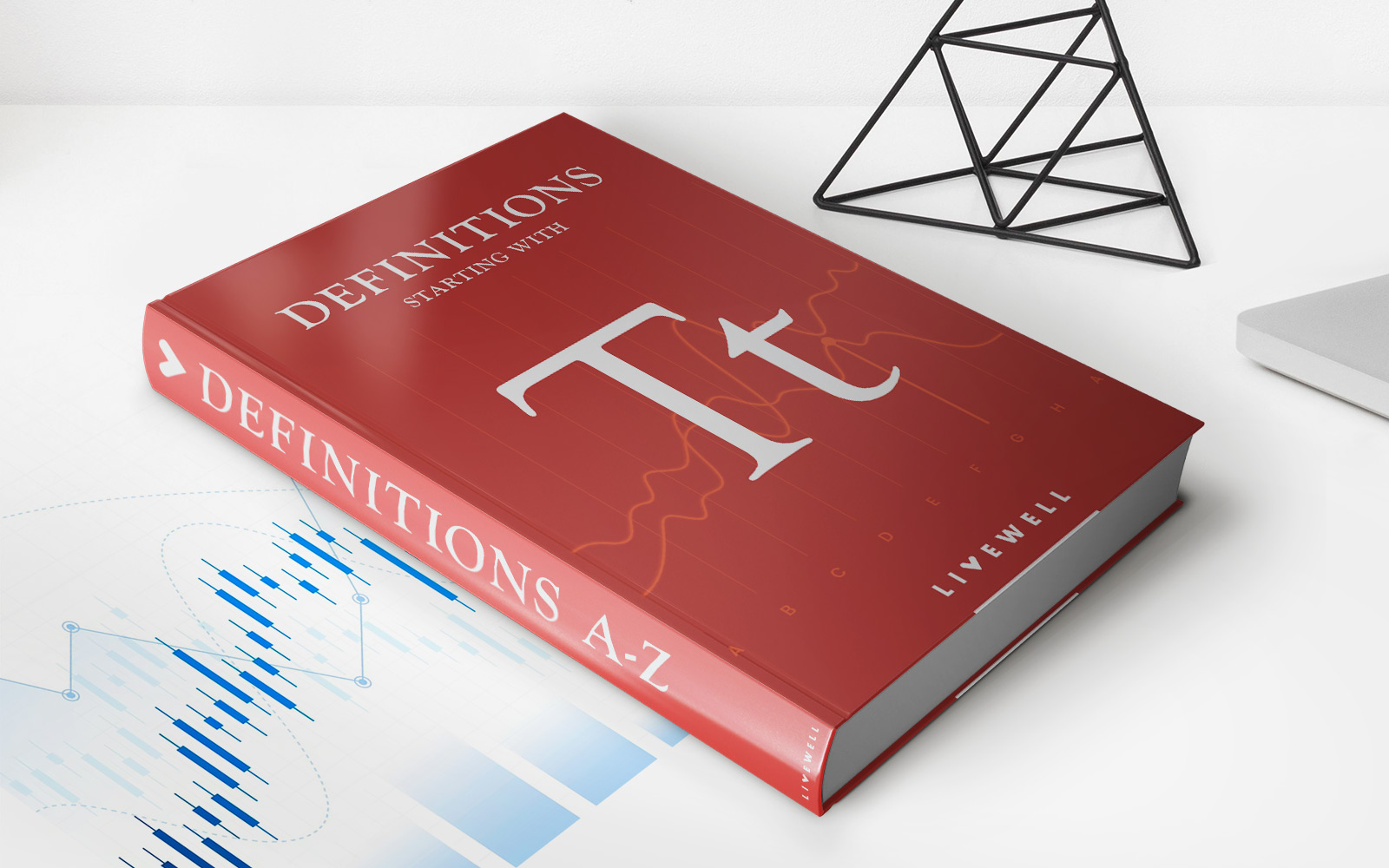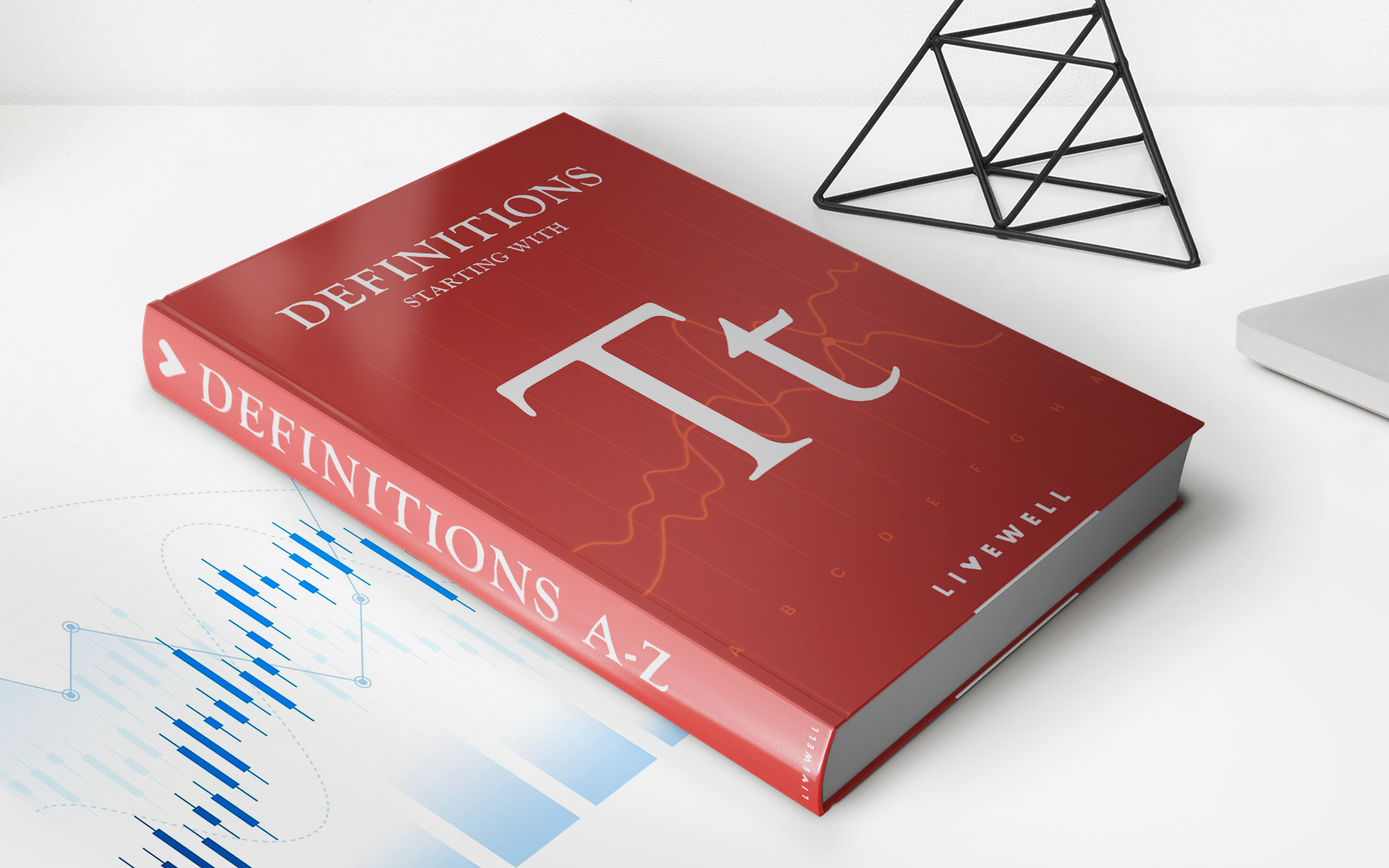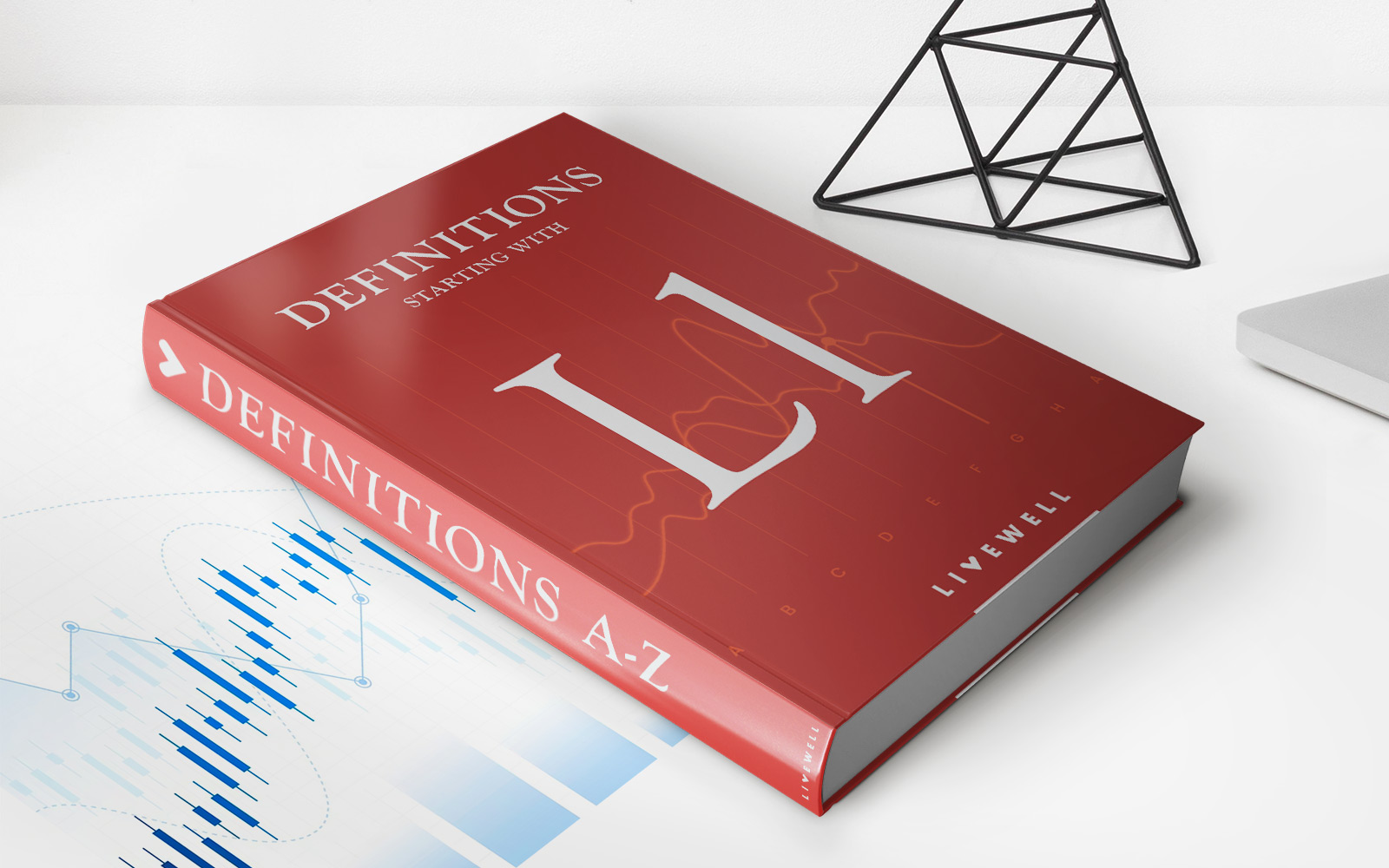Home>Finance>Tier 1 Leverage Ratio: Definition, Formula, And Example
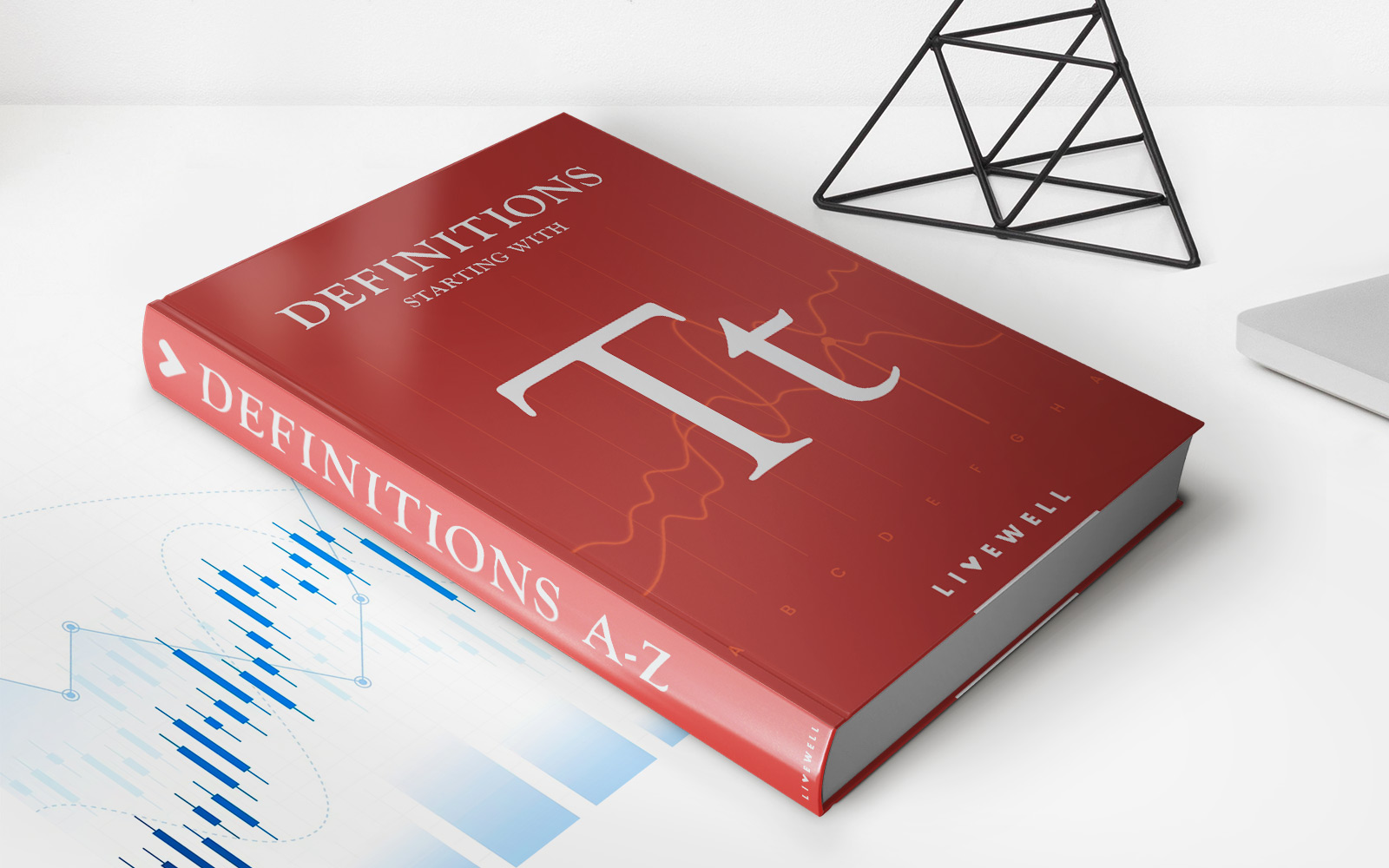

Finance
Tier 1 Leverage Ratio: Definition, Formula, And Example
Published: February 8, 2024
Learn about the Tier 1 leverage ratio in finance, including its formula and an example. Understand how this metric is used to assess a bank's financial health.
(Many of the links in this article redirect to a specific reviewed product. Your purchase of these products through affiliate links helps to generate commission for LiveWell, at no extra cost. Learn more)
Tier 1 Leverage Ratio: Definition, Formula, and Example
Welcome to our finance blog, where we dive into various topics related to money management, investment strategies, and financial concepts. In this post, we will explore an important ratio that helps measure a bank’s financial strength and solvency – the Tier 1 leverage ratio. If you’ve ever wondered what this ratio is and how it is calculated, you’ve come to the right place!
Key Takeaways:
- The Tier 1 leverage ratio is a key measure of a bank’s financial strength and stability.
- It is calculated by dividing a bank’s Tier 1 capital by its total average assets.
So, what exactly is the Tier 1 leverage ratio? It is a simple ratio that compares a bank’s Tier 1 capital to its total average assets. Tier 1 capital includes a bank’s core capital, such as common stock and retained earnings, and excludes certain types of assets, such as goodwill. On the other hand, total average assets represent the average of a bank’s total assets over a specific period of time.
Now, you might be wondering – why is this ratio important? The Tier 1 leverage ratio provides regulators and investors with a measure of a bank’s ability to absorb losses and the level of risk it is exposed to. A higher leverage ratio indicates that the bank has a higher proportion of capital to support its assets, which can be seen as a positive sign of financial stability.
Now, let’s get into the formula for calculating the Tier 1 leverage ratio:
Tier 1 Leverage Ratio = Tier 1 Capital / Total Average Assets
By dividing a bank’s Tier 1 capital by its total average assets, we arrive at the Tier 1 leverage ratio. It is important to note that this ratio is expressed as a percentage, representing the proportion of assets a bank’s capital can support.
Let’s take a quick example to further illustrate the concept. Suppose Bank XYZ has a Tier 1 capital of $10 billion and total average assets of $100 billion. Using the formula mentioned above:
Tier 1 Leverage Ratio = $10 billion / $100 billion = 0.1 or 10%
So, Bank XYZ would have a Tier 1 leverage ratio of 10%. This means that for every dollar of assets, the bank has 10 cents of Tier 1 capital to support it.
Now that you have a better understanding of the Tier 1 leverage ratio, why it is important, and how it is calculated, you can see why this ratio is a crucial measure of a bank’s financial strength and stability. It provides valuable insights into a bank’s risk profile and its ability to weather potential losses.
Key Takeaways:
- The Tier 1 leverage ratio measures a bank’s financial strength and solvency.
- It is calculated by dividing a bank’s Tier 1 capital by its total average assets.
As a responsible investor or someone interested in the banking industry, being familiar with the Tier 1 leverage ratio is essential for evaluating a bank’s financial health. By understanding this key concept, you can make informed decisions and gain a deeper understanding of the workings of the financial system.
